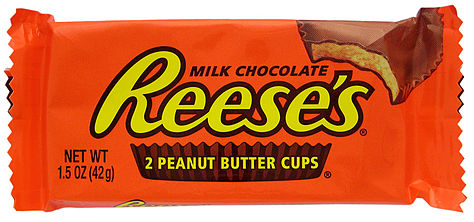 There's an adage that says “everything old is new again” but as an independent professional there are times when everything old just feels old! Every industry has its conventions and rules of the road that work for providing governance and facilitating measurement, but can also result in a sense of sameness. This is not only boring but the antithesis of the communication professional’s mission to rise above the noise.
There's an adage that says “everything old is new again” but as an independent professional there are times when everything old just feels old! Every industry has its conventions and rules of the road that work for providing governance and facilitating measurement, but can also result in a sense of sameness. This is not only boring but the antithesis of the communication professional’s mission to rise above the noise.
We need to stay up to date on the industries in which we work. It is helpful to read industry trades and network with like-minded colleagues. At some point, however the same old things can lead us to a roadblock. Trapped in an echo chamber of likeness, your creative well runs dry and every idea feels stale and done to death.
Find your fuel
Inspiration is not only the fuel for creative work but has other benefits as well. Studies show that inspiration facilitates progress toward goals, and increases sustained feelings of purpose and gratitude in life. Both benefits are valuable to independent pros who want and need to deliver value to clients while also creating life and work on their own terms.
Getting inspired may be as easy as adding a little chocolate to your peanut butter. It turns out that Hershey’s was on to something when they combined peanut butter and chocolate to form Reese’s Peanut Butter Cups. This famous combination illustrates the very process from which creativity arises. In The AHA! Experience: Creativity Through Emergent Binding in Neural Networks , Paul Thagard and Terrence C. Stewart write that creativity results by “twisting together” existing unconnected representations.
The Blackberry is another example of creativity arising from combinations. Electronic mail and wireless communications were familiar but unrelated concepts. In the 1990s, an executive at Ericsson combined wireless and email into the concept of wireless email. RIM, the company that developed Blackberry subsequently built on this with additional creative combinations such as two-way paging and an integrated single mailbox.
At the 2014 Solo PR Pro Summit, Lauren Vargas presented a more recent example of “combinatory play.” To transform health care giant Aetna into a social business, Lauren read and applied urban planning methodologies to the company’s digital ecosystem. Rather than confining herself to thought leadership and proven strategies on forming digital communities she looked to an unrelated industry – urban planning – for inspiration. Looking externally not only illuminated gaps but shifted her perspective and provided a springboard for a fresh new approach to digital communities.
There are so many more examples in our everyday life that demonstrate the principle of combining. From blogging to snowboarding, unrelated things have been combined to form something novel. These formerly unrelated things now seem so natural that we do not consider that they were created because someone dared to bust through a silo and try something different.
Inspiration does not require us to recreate the wheel but pair it with something unexpected. We can gain inspiration by examining two unconnected strategies or tactics and mash them up to get your creative juices flowing. This can be as easy as reading a magazine you’d never pick up or attending a network event for another industry. You do not have to limit yourself to work or even you or your clients’ industries. You may be able to combine a hobby with a tactic from an unrelated industry to come up with your own twisted creativity. What do you get when you mix architecture with snowboarding? Who knows, but allowing yourself to brainstorm by combining may just be the source of your next great idea.
Let us hear from you in the comments! What do you do to get inspired?
[ts_fab authorid=”263″]

0 Comments